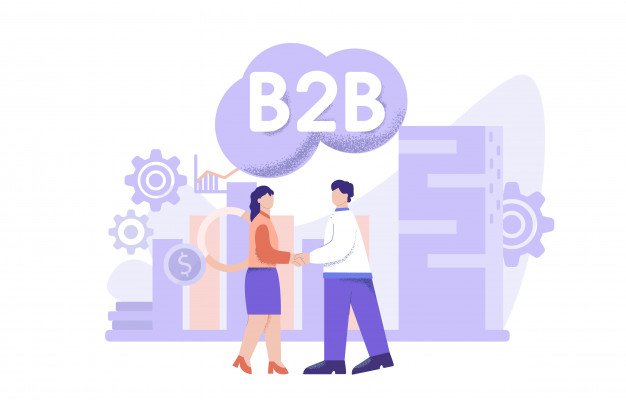B2B marketplace has become the best platform for wholesalers, retailers, or buyers to trade. It has helped so many sellers to reach their expansion selling goals. To sell your product or services through these platforms, you will have to create an ID on a particular website. The platform will work as a broker or commission agent. The best thing is that you can sell your product or services worldwide. Here we have listed the top 10 platforms, which will help you to grow your business.
Here are the top 10 B2B marketplaces to grow business:
1. alibaba.com:
Alibaba.com stands at the top of this list because it is considered the best leading b2b platform. Jack Ma and Pang Li, these two Chinese people founded this marketplace 18 years ago and since then offers a broad range of B2B services all over the world. It is also considered the best platform for related services, including B2C and C2C.
2. eWorld Trade:
Eworld trade is also one of the best leading trade platforms for today’s generation. It is because it has made the process more reliable, worthy, and secure. The well-established trade platform also offers a broad range of eCommerce services.
3. TradeLeaves:
4. EC21:
The Korean counterpart also offers a broad range of marketing services all over the world. The head offices of EC21 are located in China, Russia, Malaysia, and India. Over 2 million people are engaging in services, including overseas marketing, trading educational seminars, and national cooperation.
5. TradeIndia:
TradeIndia is an India-based marketplace platform that stands next to IndiaMart. It has participated in national and international trade events and offers a vast range of services, including DialB2b, Call Me Free, trade alerts, credit reports, and lead reports.
6. IndiaMart:
One of the most India-based leading marketplaces is Indiamart, which is continuously growing since its foundation. There are more than 1.7 million visitors recorded on this platform and taking services like B2B and B2C.
7. En. Ofweek:
The China-based marketplace is still growing but also has gained so much popularity in the electrical components trade all over the world. The fresh B2B marketplace contender is known as an in-depth reporting marketplace for its sellers. If you want to expand your business in China, you first know everything about the Chinese market. Click here to access china insight.
8. Global Sources:
One of the most leading marketplace platforms of some prime countries offers a broad range of import/export services. In the countries where it is working, it has claimed millions of visitors a month and also offers a unique role in the GDP growth of those countries.
9. DHGate:
Other China-based service providers have more than 40 million products listed on their trading platform. There are more than 1 million Chinese suppliers are trading with over 10 million buyers of 230 countries. DHGate is considered the most reliable platform that offers valuable benefits to both the buyer and the seller.
10. Amazon:
Amazon was introduced as an e-store for purchasing several goods for personal or commercial use. The company noticed that people are showing a lot of interest in their service then they decide to start the B2B process, and now it is one of the best growing and leading trading platforms of India.
Conclusion:
Here is the list of the top 10 B2B marketplaces that are working all over the world. These platforms are considered the most trustworthy service provider. One can choose any of the above-listed platforms to start a new journey of earning more and more profit through the online selling method.
Read Also:






















